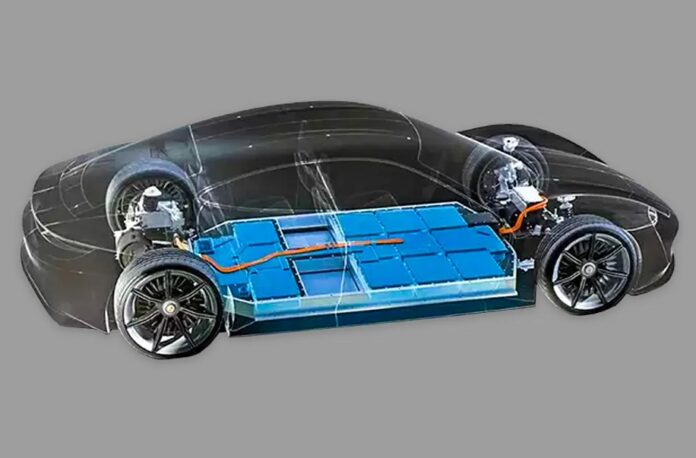
For automakers and their suppliers, who have faced many challenges over the years, there is an urgent need for answers to several trends, including increased consumer demand for electric vehicles (EVs), emissions-reduction legislation, and urbanization.
Consumers and policymakers call for more environmentally friendly and advanced vehicles that do not sacrifice performance or safety. According to an EY survey of 13 developed countries, 41% of those planning to buy a new vehicle in the coming year would opt for a BEV (battery electric vehicle), HEV (hybrid electric vehicle), or PHEV (plug-in hybrid electric vehicle).
Even conservative estimates indicate that by the end of this decade, at least two of every three cars produced worldwide will be electric. This figure includes vehicles with both fully battery-powered and hybrid propulsion systems.
Automotive engineers and material suppliers are working to bring this significant evolution from concept to reality. It’s an exciting time, but let’s face it: this technological leap brings challenges, particularly concerning the battery, which is the most expensive EV component.
How far can a car go on a single charge? How quickly can you recharge the battery? These are the most frequently asked questions by customers. Among all other safety and performance requirements, increasing range and decreasing charge times are the Holy Grail for consumer appeal and market share. In short, winning batteries will last longer on a single charge and recharge faster.
Let us quickly go over some of the market and consumer challenges of an EV battery.
Cost
Batteries are the single most expensive component in any type of EV – hybrid (HEV), battery (BEV), or plug-in hybrid (PHEV), and their high cost is the primary reason that price parity with ICE-powered vehicles remains a long way off. According to conventional wisdom, the point at which electric cars will be cost-competitive with ICEs will be around $100 per kWh. Pricing for Li-ion batteries, which dominate the market, was hovering around $150 per kWh at the end of 2021. It’s worth noting that some PHEVs use nickel-metal hydride batteries, which are 50% less expensive than lithium batteries.
Power and charging
Energy density, capacity, runtime, and other factors all contribute to how far an electrically powered vehicle can travel on a single charge. Thus, battery design and engineering play an important role in delivering a range that meets consumer expectations. Consumers have expressed “range anxiety” when considering the purchase of a BEV because charging options outside of the home’s garage are not yet plentiful.
Safety
Li-ion batteries have the greatest energy density and, thus, the greatest range. As a result, they’ve grown in popularity. However, lithium batteries are temperature sensitive to thermal runaway if overcharged or undercooled. When you consider that charging causes the battery to absorb heat while discharging causes heat release, you can see why controlling the temperature of an EV battery is critical.
Ability to withstand environmental conditions
Weather conditions like rain, snow, road salt, heat, and debris reduce battery lifetime and range. “Extreme weather brings additional heating or cooling needs that require more energy than more moderate temperatures,” according to the US Department of Energy. Cold batteries are also more difficult to charge and do not hold a charge.” Vehicle design and battery management systems both play a role in mitigating these effects.
Battery lifespans
While 8 to 10-year / 100,000-mile warranties are the norm, well-known market research and management consulting firms such as McKinsey and Gartner have emphasized the importance of OEMs managing consumer doubt about battery longevity.
Range restrictions and the infrastructure issue
Most EV and HEV owners charge their vehicles at home, but longer commutes necessitate more charging on the road. Who will construct these charging stations? Who will pay for the extra electricity generation required to meet peak-demand demand? Various local, regional, and private initiatives are underway, but no coordination or overarching policy exists in no developed country.
Charging options
The various types and speeds, ranging from Level 1 (slowest) to Level 4, further complicate the charging station picture (fastest). While charging while parked for extended periods is acceptable, consumers also require fast-charging options when on the go.
Sustainability
Numerous studies indicate that, while an EV is more expensive to produce, it is better for the environment over its entire lifecycle. End-of-life utility is also a plus. When an EV is no longer in use, its valuable battery should be repurposed as storage for solar energy or even off-peak electricity purchased at a discount from a local utility.






















